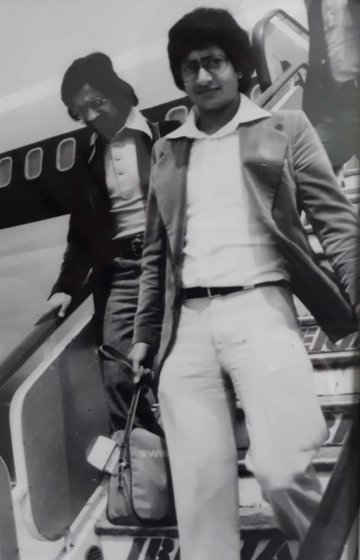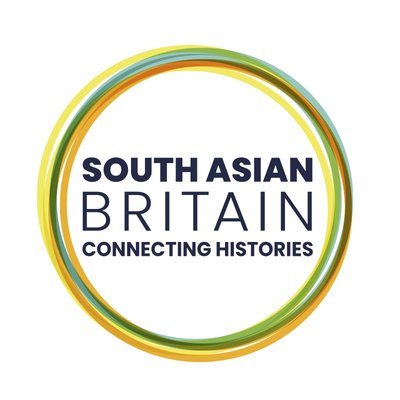
Multiple Migrations
Whilst South Asians have settled in the United Kingdom directly from the subcontinent, they have also arrived via other parts of the world, such as Africa, the Caribbean, Fiji, Malaysia and the Indian Ocean islands
Overview
Large numbers of South Asians have settled in the United Kingdom, coming first from other parts of the world, often because of British colonization and empire. Under colonial rule, many South Asians travelled from the subcontinent to East and South Africa, the Caribbean, Fiji, Malaysia and Indian Ocean islands, like Mauritius, to work within the indentured labour system following the passage of the 1833 Slavery Abolition Act. Because enslaved labour was no longer available, there was a need for workers on, for example, sugar plantations in Fiji, the Caribbean and Mauritius. In East Africa, South Asian indentured labour was exploited to build a railway connecting Uganda and Kenya. The ramifications of these coerced and voluntary migration patterns are visible today: large communities of South Asians still reside in many of these regions, with local culture, politics and economics being impacted.
Following the Second World War and the independence of colonized nations, life changed in the former colonies. Given the political, social and economic upheaval, some members of the diaspora chose to make their home in Britain. For example, in the newly independent countries of East Africa – Kenya, Tanzania, Zambia and Malawi – ‘Africanization’ policies were introduced. These policies aimed to counteract the economic dominance of South Asians, whilst returning control of resources and wealth to Africans. Idi Amin’s 1972 Expulsion Order, requiring the South Asian population to leave Uganda within ninety days, was an extreme example of some of these changes. Within this context, South Asians in East Africa left their livelihoods and homes to resettle in the UK, as many were British passport holders. On arrival, though citizens of Britain, they often faced racism and discrimination. This period in the 1960s and 1970s also led to changes in British immigration legislation. The introduction of the controversial Commonwealth Immigrants Act in 1968 was timed to limit the flow of British passport–holding Kenyan Asians into Britain.
In the immediate years after the Second World War, people in the Caribbean were invited and encouraged to migrate to Britain to help rebuild the country and fill post-war labour shortages, including in transport and the newly created National Health Service (NHS). The 1948 British Nationality Act gave people from colonies the right to live and work in Britain and in 1948 the HMT Empire Windrush docked at Tilbury Docks with more than 800 individuals from the Caribbean. The migrants who came from the Caribbean to Britain between 1948 and 1971 are known as the Windrush generation and included many people of South Asian heritage, including the writer Sam Selvon.
Another interesting thing
In Britain today, South Asians who have come to the UK from the subcontinent via elsewhere form a large ‘double diaspora’. They include a range of public figures: publisher Arif Ali, journalist and author Yasmin Alibhai-Brown, entrepreneur and politician Waheed Alli, Baron Alli, artist Zarina Bhimji, director and film producer Gurinder Chadha, activist Jayaben Desai, singer-songwriter Freddie Mercury (previously known as Farrokh Bulsara), novelist and journalist Shiva Naipaul, activist Roy Sawh, writer Nikesh Shukla and former Prime Minister Rishi Sunak.
Key events
Browse this theme
Image credit
Image courtesy of Mr Vijay Parmar and family

